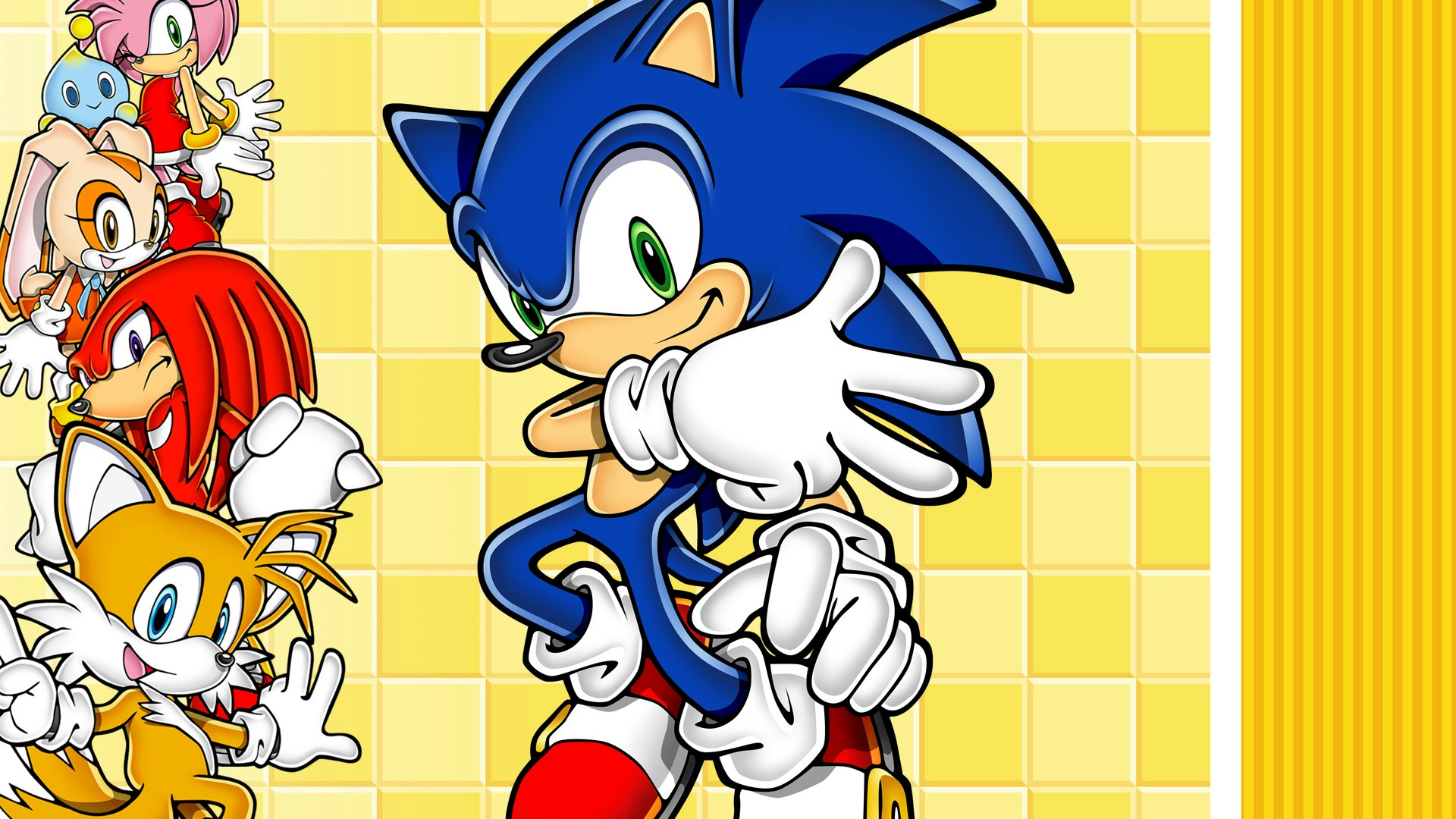
We like it when things come in threes. Three blind mice, three Stooges, dead celebrity, the list goes on. Our psychological attachment to threes is hard to explain, but easy to exploit. Trilogies abound in our media landscape, but being third is a lot harder than being first. The bar is always higher, the hindsight is always 20/20, and even when you stick the landing, some fans just can’t accept the end of something is as good as the beginning. Such is the case for Sonic Advance 3, one of the most underrated titles in the franchise.
Released on June 7, 2004 for Game Boy Advance, Sonic Advance 3 was the conclusion of a trilogy that began two years earlier. Trilogy is used loosely here as this isn’t the culmination of a Mass Effect-level story arc. Rather, its the final title in the series for the Game Boy Advance platform as the Nintendo DS would debut later that same year. Sonic Advance 3 proved to be a departure from its predecessors in several ways, which divided audiences but gave it standout appeal as the years wore on and the Sonic the Hedgehog franchise grew to over 140 games.
Like the other GBA titles, Sonic Advance 3 was developed by Dimps and the legendary Sonic Team at Sega, including then-president and Sonic co-creator Yuji Naka. Naka, recently found guilty of insider trading, had limited involvement in the development of Sonic Advance 3 save for its most distinct (and controversial) feature: teams. Sonic Advance 3 allows players to pick a main and a partner from the following roster: Sonic, Tails, Knuckles, Cream the Rabbit, and Amy Rose.
Depending on the combo, the team is categorized as either Speed, Power, or Flight type. Sonic and Knuckles are given outsize influence here, so Sonic + anyone else is Speed, Knuckles + anyone else is Power, and anyone else + anyone else is Flight. Speed teams can use a boost, power teams can smash barriers, and Flight teams can use flight, obviously.

Also obvious is that this mechanic revolves around Sonic, at least in the early game. You need to play as Sonic to unlock all the characters, something the Sonic Team correctly assumed most players would want to do anyway. They may not have assumed some players would be really, really mad about having to play as anyone other than Sonic though.
Critics loved the new team system and how much it added to replayability. Between the five characters, a total of 20 combinations are possible, giving players reason to come back again and again. The team system also allowed for a more dynamic multiplayer experience. Players could co-op as different characters, or each form their own team and go head-to-head for the best completion times. Four players could get together in this mode, as well.
As with all things Sonic, level design is crucial. Sonic Advance 3 leaned into a hub world system instead of the map system players were familiar with from earlier entries in the series. The hub worlds themselves play out as levels, too, with two different minigames available for dispensing much-needed extra lives. The hub world also meant things were less linear, with three worlds connecting to each hub. So if a particular level was too daunting it was possible to back out and play something else.

Other tweaks were a mixed bag. Changes to grind rails made it easier to intercept them in mid-air, but the return of bottomless pits angered a lot of fans who thought cheap arcade killscreens were no longer part of the formula. An overhauled ranking system is now seen as one of the best and most balanced in the whole franchise. Its time-based approach meant scores weren’t dependent on passing through a level in one, perfectly high-scoring path designed to optimize coins, enemy encounters, and other things that racked up points. Speed is king in Sonic Advance 3.
Twenty years later, these controversial bits of Sonic Advance 3 are what help it stand out in what is now a very crowded franchise field. Nothing else plays quite like it, and the audience of disgruntled fans who didn’t like the changes has been replaced by those who grew up loving the game. It’s frequently part of “best of” Sonic lists and sold more than 1.5 million copies internationally, proving once again that threes are a very good thing.







